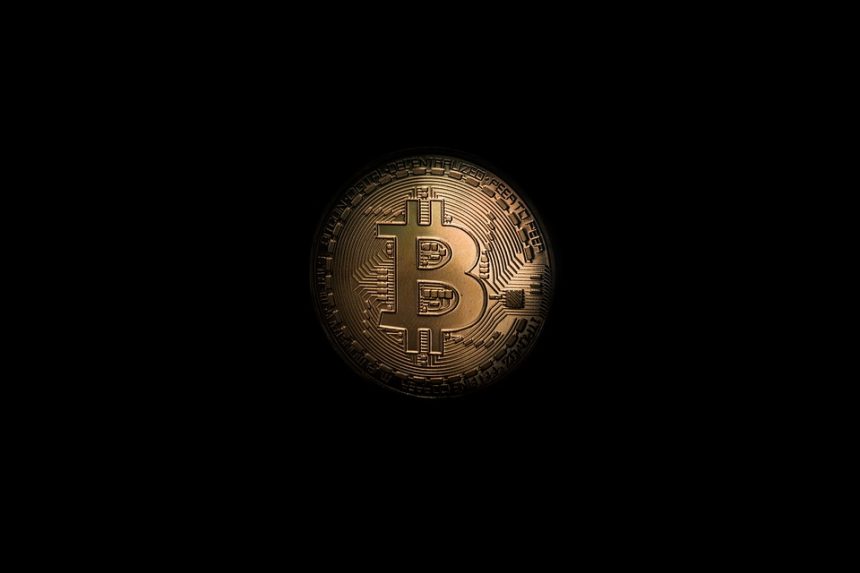Crypto Correlations: How Traditional Markets Affect Digital Asset Prices
In recent years, cryptocurrencies have established themselves as a burgeoning asset class that exhibits both unique characteristics and correlations with traditional financial markets. As investors increasingly diversify their portfolios to include digital assets alongside conventional investments such as stocks and bonds, understanding the dynamics of these correlations becomes essential. This article explores how traditional markets impact digital asset prices and the implications for investors navigating this complex landscape.
Understanding Crypto Correlations
Correlations in finance refer to the relationship between the price movements of two assets. A correlation coefficient of +1 indicates that the assets move in perfect tandem, while a coefficient of -1 signifies that they move in opposite directions. A correlation of 0 implies no relationship. In the case of cryptocurrencies, particularly Bitcoin, various studies suggest that its price movements are correlated with traditional markets, especially in times of economic stress.
The Interconnectedness of Markets
The interconnectedness of global financial markets has grown, particularly since the onset of the COVID-19 pandemic in early 2020. This has been influenced by several factors:
-
Institutional Adoption: As major institutions, hedge funds, and publicly traded companies have begun to invest in cryptocurrencies, their price movements have increasingly reflected those of traditional assets. For instance, when stock markets experience volatility due to geopolitical tensions, inflation concerns, or economic downturns, crypto markets often respond in kind, amplifying both gains and losses.
-
Risk Appetite: The behavior of investors in traditional markets often spills over into the crypto market. When stock markets are bullish, investors’ appetite for risk tends to increase, leading to higher investment in cryptocurrencies. Conversely, during bearish trends in traditional assets, investors may scuttle to safe-haven assets, resulting in a decline in digital asset prices.
-
Market Sentiment: Both markets are influenced by investor sentiment, which can transcend individual asset classes. News regarding interest rate adjustments, central bank policies, or economic forecasts can sway market sentiment as a whole, subsequently affecting both traditional and cryptocurrency prices.
- Regulatory News: Regulatory developments related to traditional financial markets can also impact cryptocurrencies. For instance, regulations on stablecoins or digital exchanges can lead to significant price swings in the crypto space, mirroring reactions observed in the broader financial markets.
Recent Trends and Analysis
A closer look at recent trends reveals intriguing dynamics between crypto and traditional markets. Statistical analyses often showcase periods of heightened correlation, especially during crises. For instance, during major sell-offs in equity markets, Bitcoin frequently shows increased correlation with the S&P 500, indicating a flight to perceived safety or liquidity preferences among investors.
In 2022, for instance, as inflation concerns and interest rate hikes unsettled global equity markets, Bitcoin and other cryptocurrencies plummeted in price. This synchronous movement suggested that many investors viewed digital assets through the same lens of risk management as traditional equities.
However, this pattern is not always consistent. There have been times when cryptocurrencies have operated independently of traditional market influences, particularly when unique factors, such as technological advancements or regulatory news, shift market dynamics.
Implications for Investors
Given the evident correlations, investors need to consider various implications when developing their strategies:
-
Diversification: While cryptocurrencies can offer a hedge against inflation and portfolio diversification, their synchrony with traditional markets, particularly during periods of high volatility, suggests that they may not serve as a perfect hedge. A well-thought-out asset allocation strategy can provide a cushion against sudden market changes.
-
Market Timing: Understanding that crypto prices can react to global economic trends allows investors to employ market timing strategies. By keeping an eye on traditional market indicators, such as interest rates and economic reports, investors can make more informed decisions about entering or exiting crypto positions.
-
Risk Management: The correlation between crypto and traditional markets implies that risk management strategies should encompass a broader perspective. Investors might need to adopt stop-loss orders or hedging strategies that factor in traditional market stimuli.
- Long-term Perspective: While short-term correlations can be persuasive, it’s essential to maintain a long-term outlook. The fundamental value proposition of cryptocurrencies remains potent even amidst market fluctuations, and long-term investors may benefit from ignoring short-term market noises.
Conclusion
The relationship between traditional markets and digital assets is complex and multifaceted. As cryptocurrencies mature, understanding their correlations with traditional financial markets will be crucial for investors. While these correlations can provide insights into market dynamics, they also reinforce the importance of adopting a comprehensive investment strategy that weighs both risk and opportunity. As the global economic landscape continues to evolve, navigating this interplay between traditional assets and cryptocurrencies will be vital for successful investment in the future.





